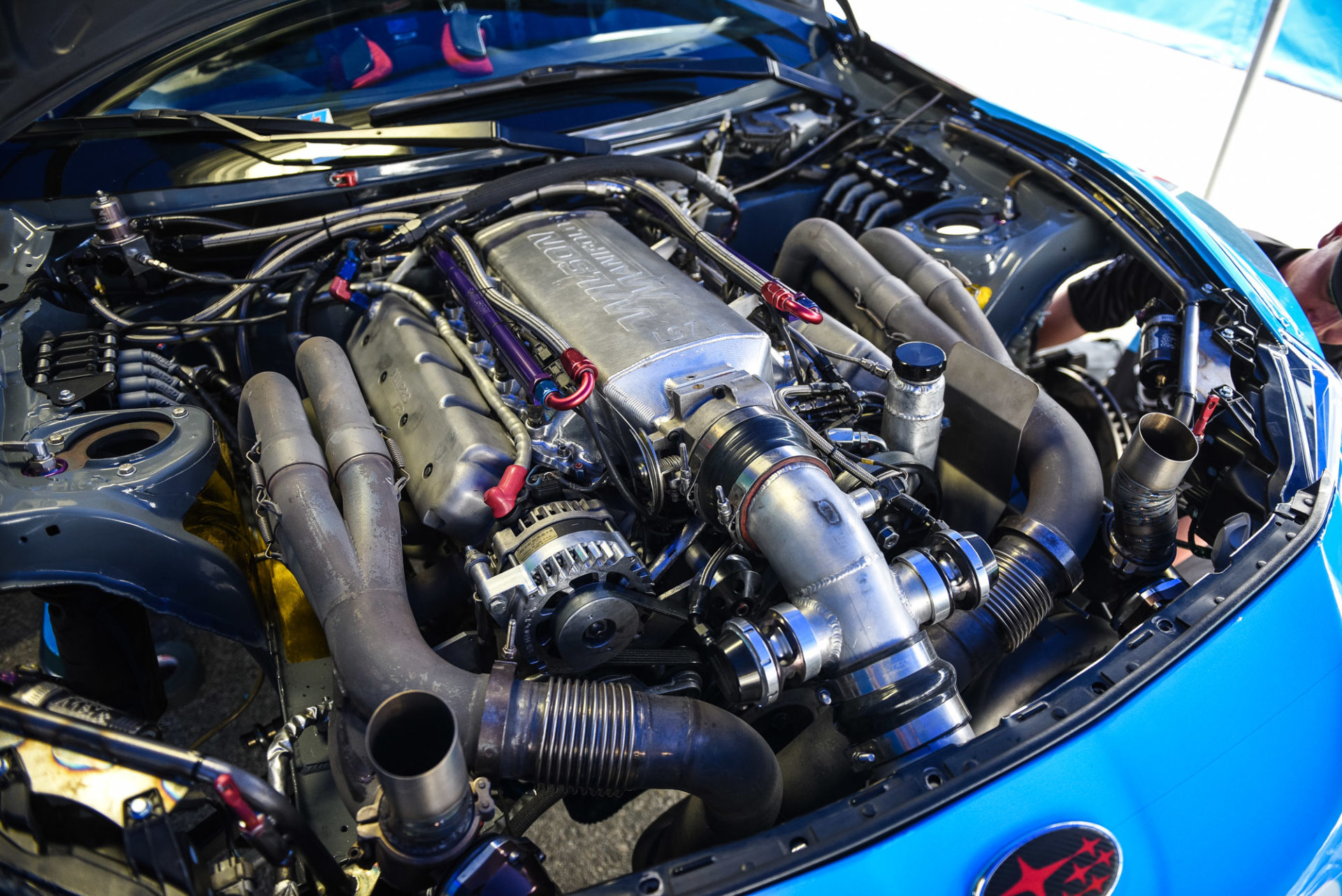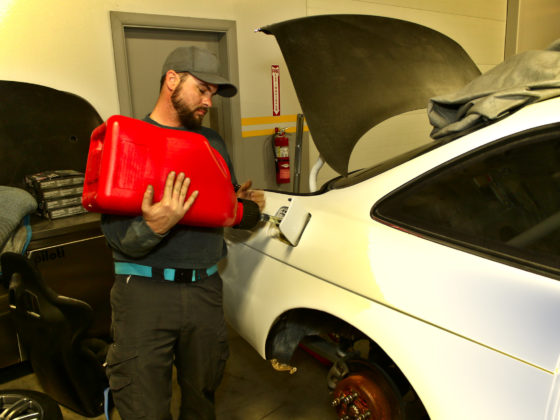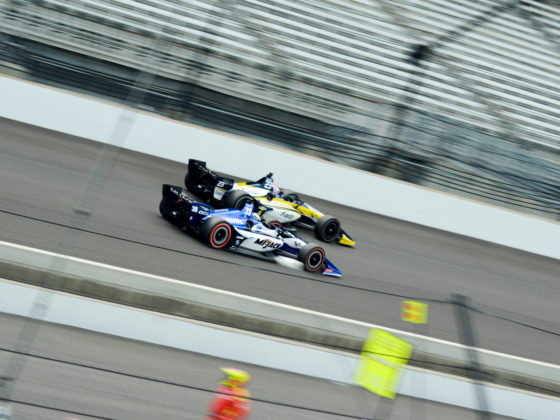,

The cam is custom ground for the RHS blocks 55mm journal size and to our secret specifications which are optimized for valvetrain stability and higher backpressure created by the turbo.

We have seen drift engines beat up high end, heavy duty alluminum bodied shaft rockers before but have never had a single problem with these parts. The rockers pivot on shafts riding on needle bearings instead of a stamped steel surface sliding on a trunnion with the rocker tip being a roller rather than a sliding steel surface. Less friction, stronger and impossible to slip sideways and fall off.

We had run Crowers regular roller lifters for better oil control to the top end but this time we opted for the XP parts as they provide a lot more oil feed to the roller to keep them lubricated better.



The intake valves are stainless with a huge 2.250″ diameter with a heat-resistant Inconel exhaust valve that is 1.625″ in diameter. The valves are swirl polished for better flow with the intake valves having a flat contour and the exhaust valves being tuliped for good flow as well.
Stay tuned, in the next article we will cover the engines assembly and talk about how it came out in actual competition use!



